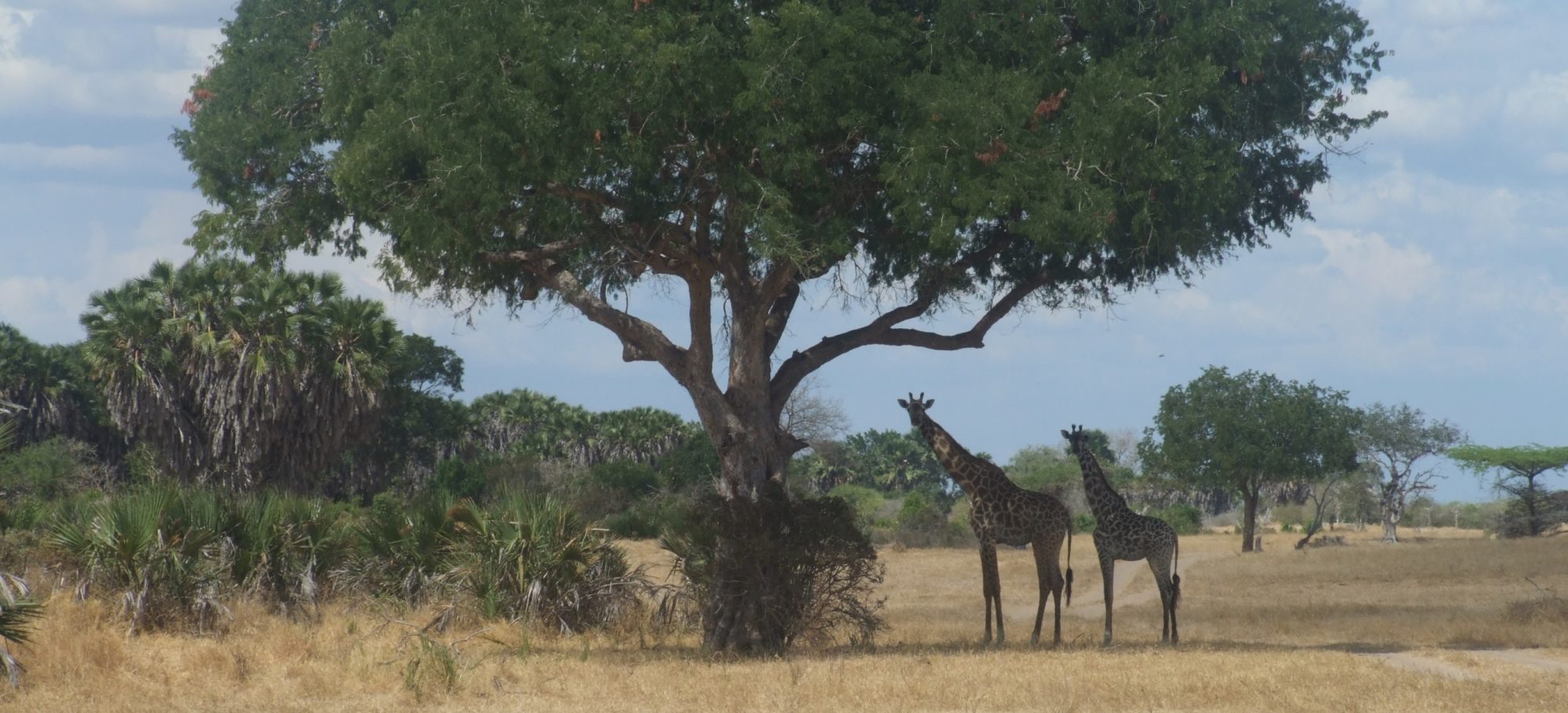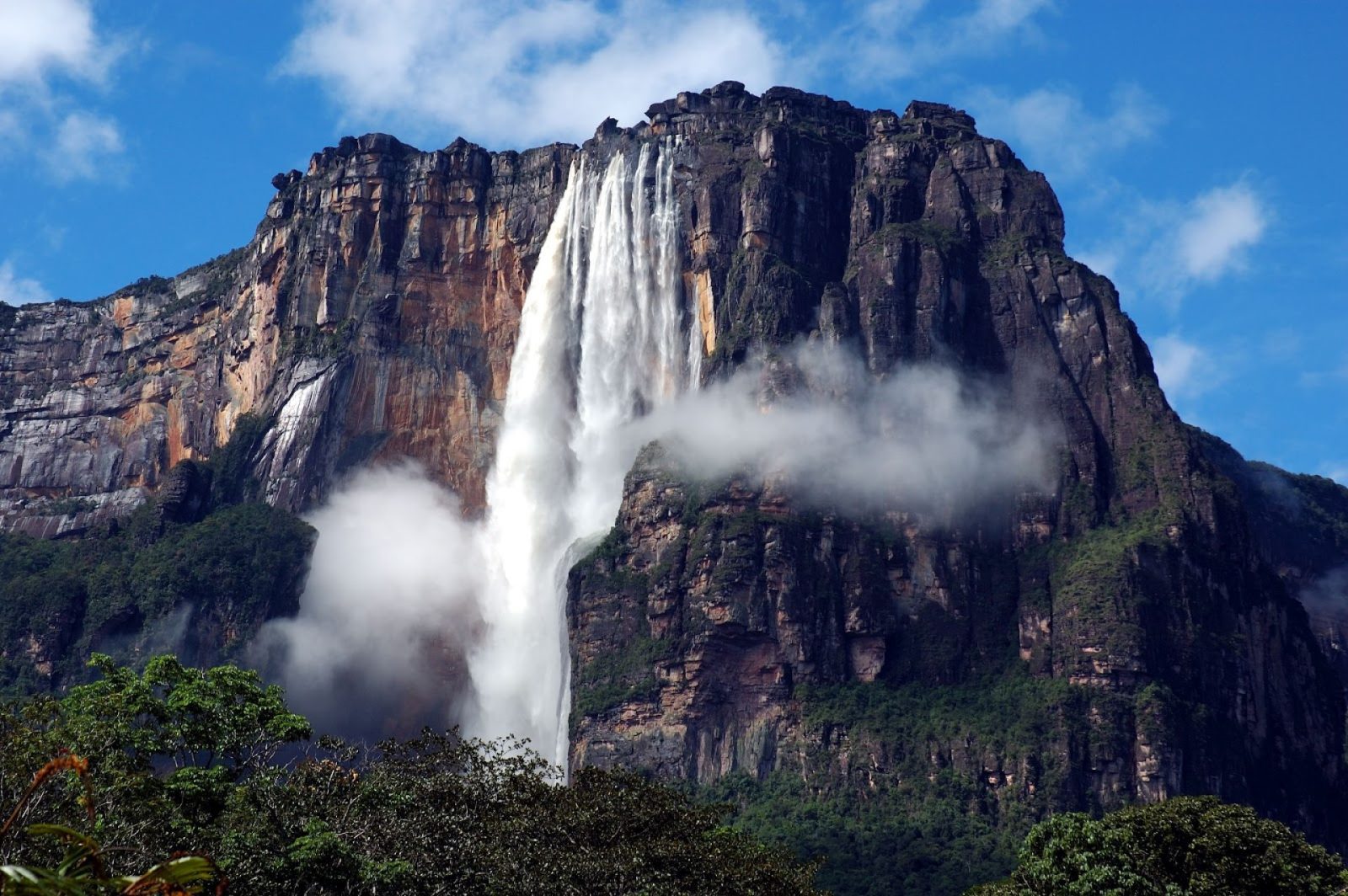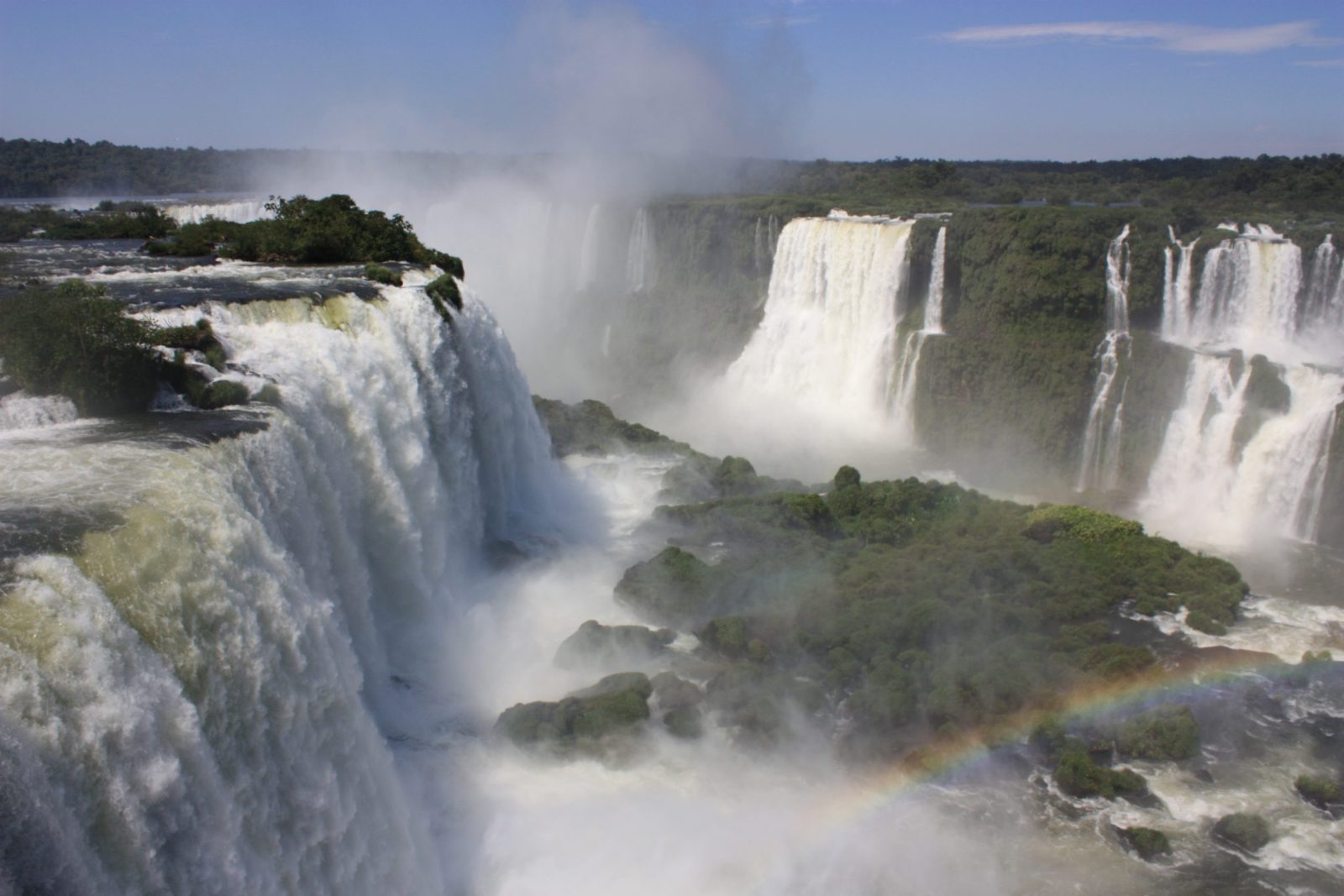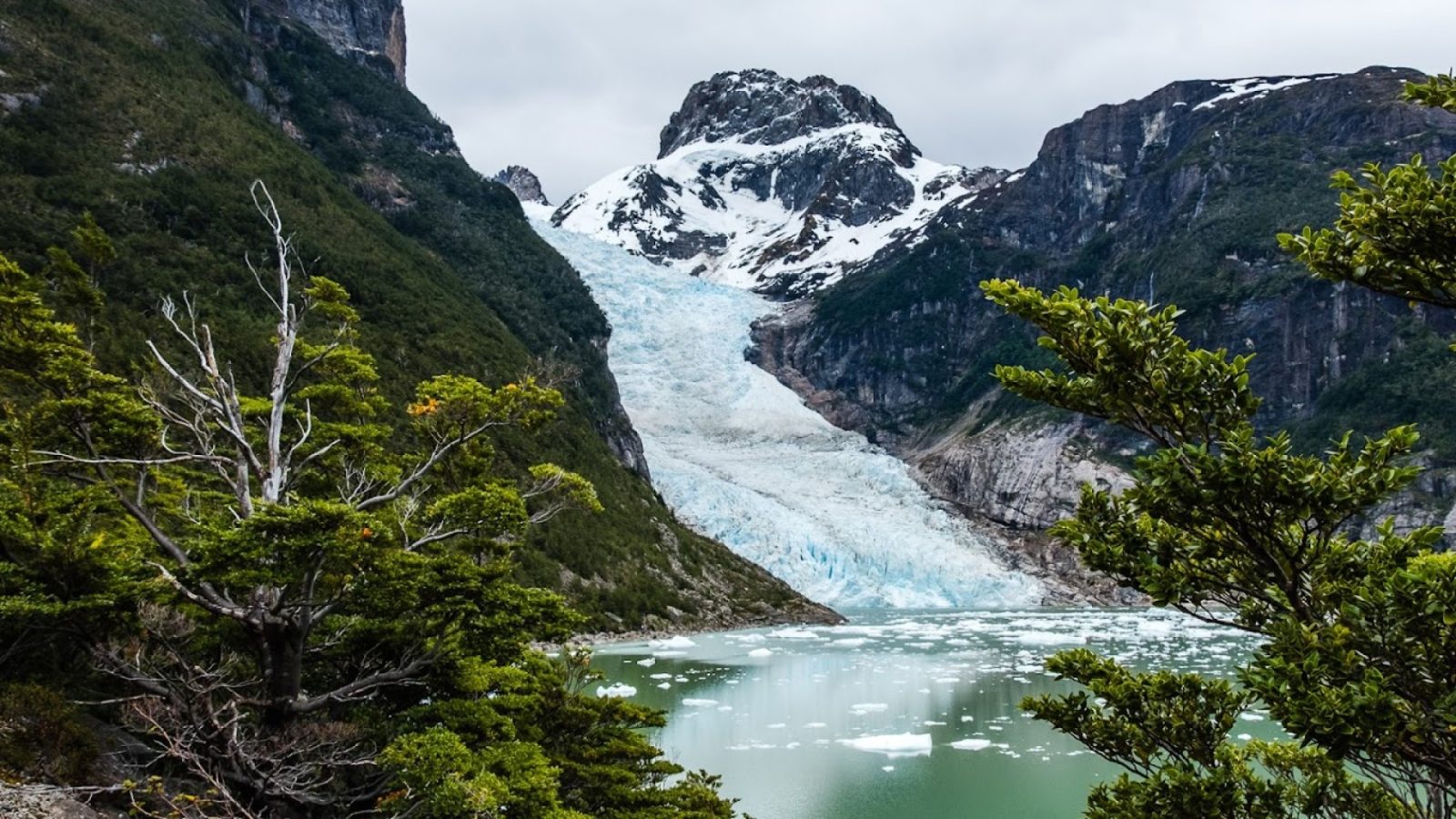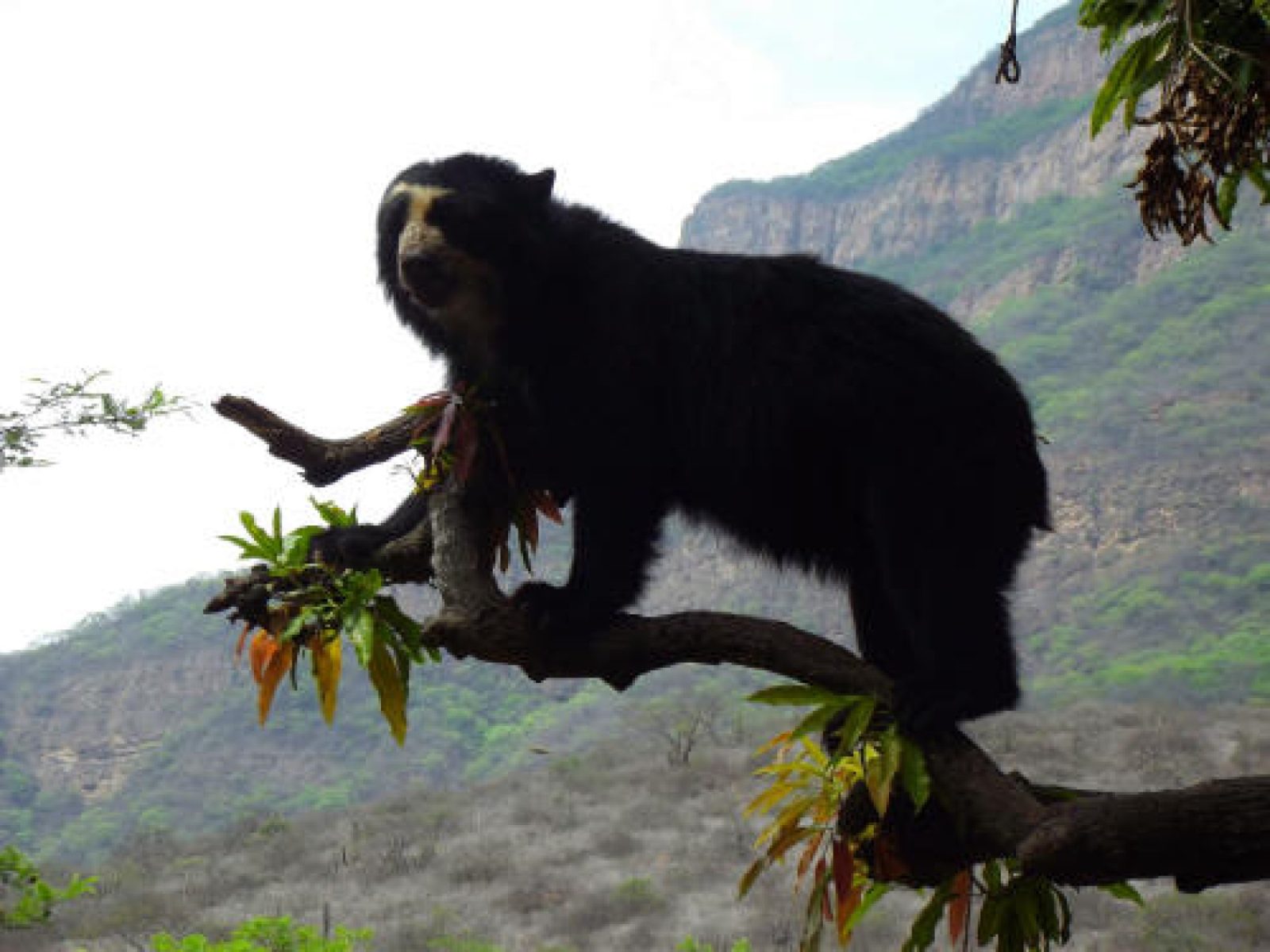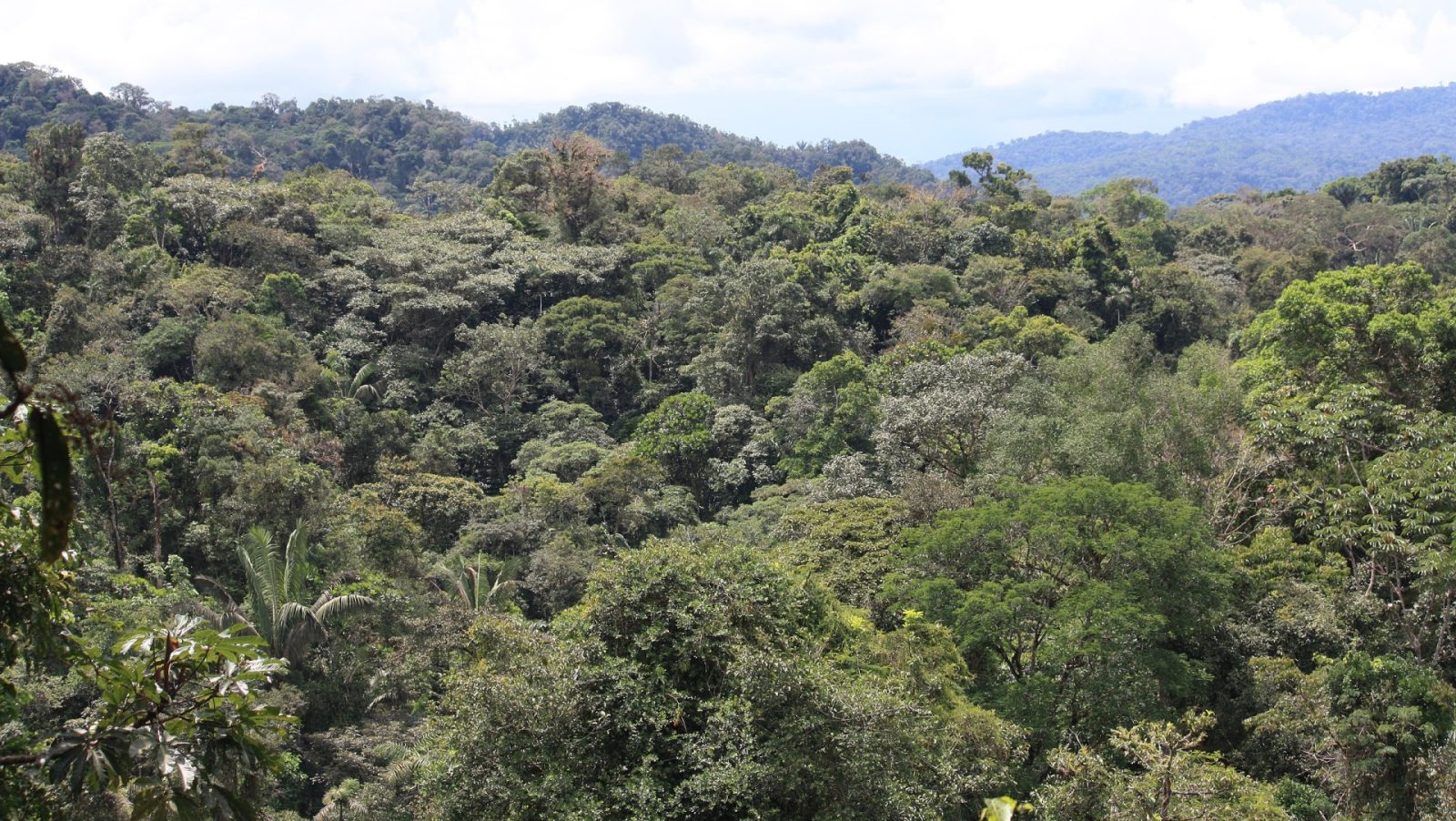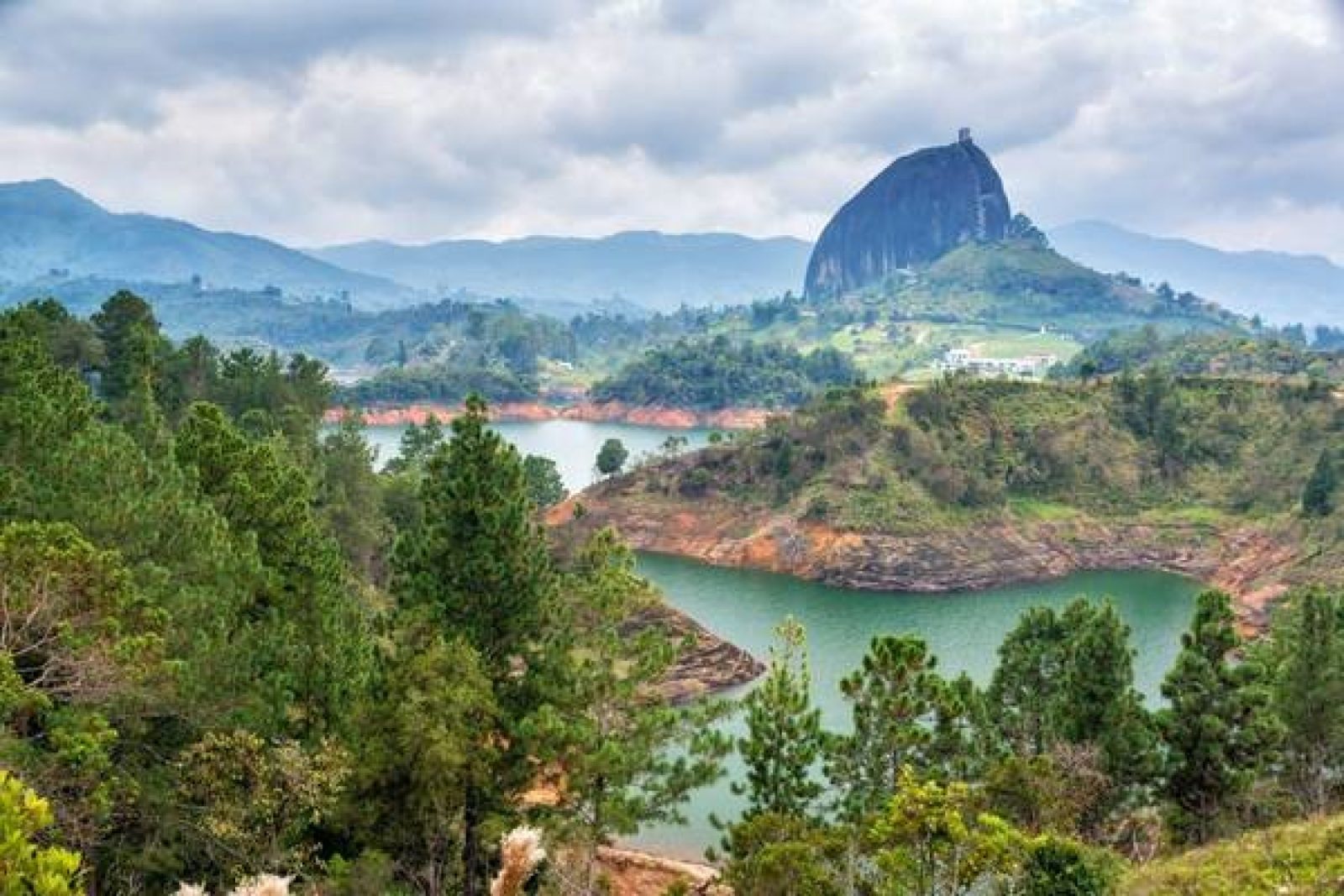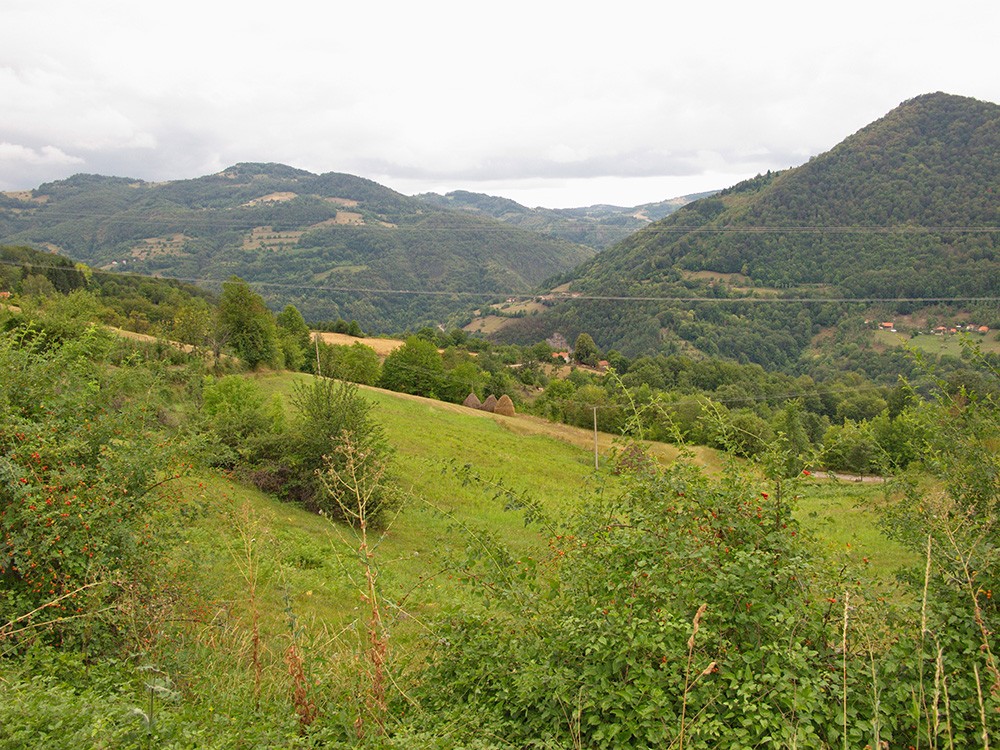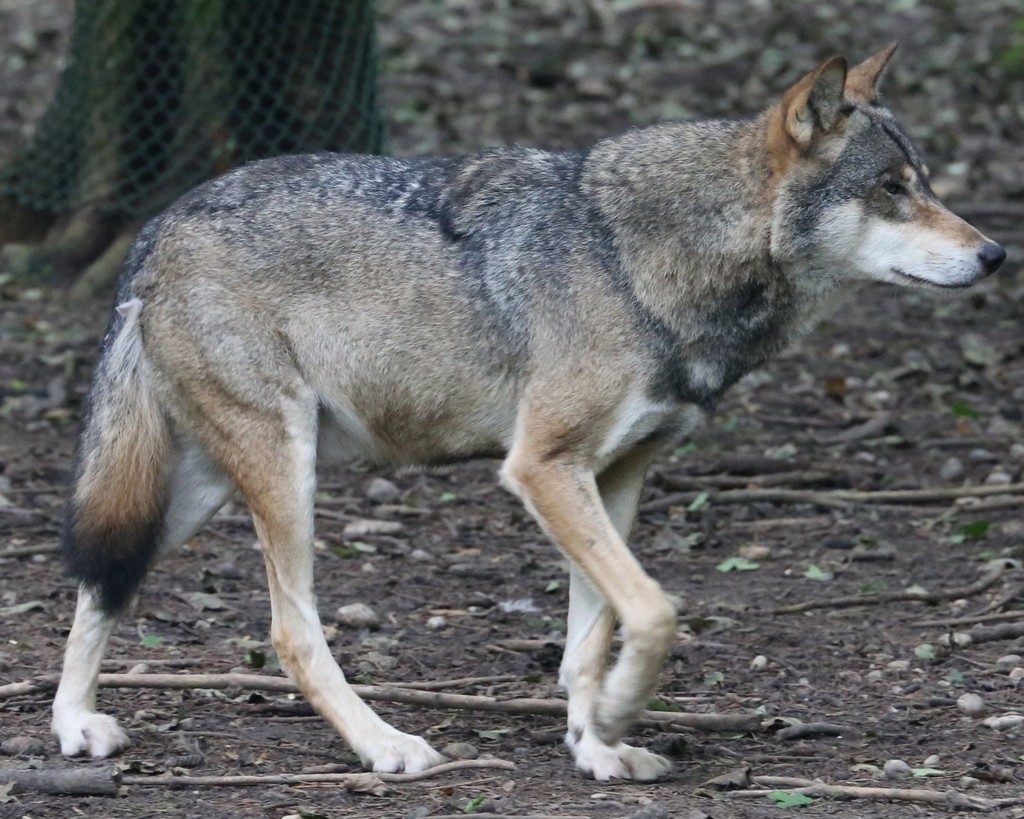Brazil
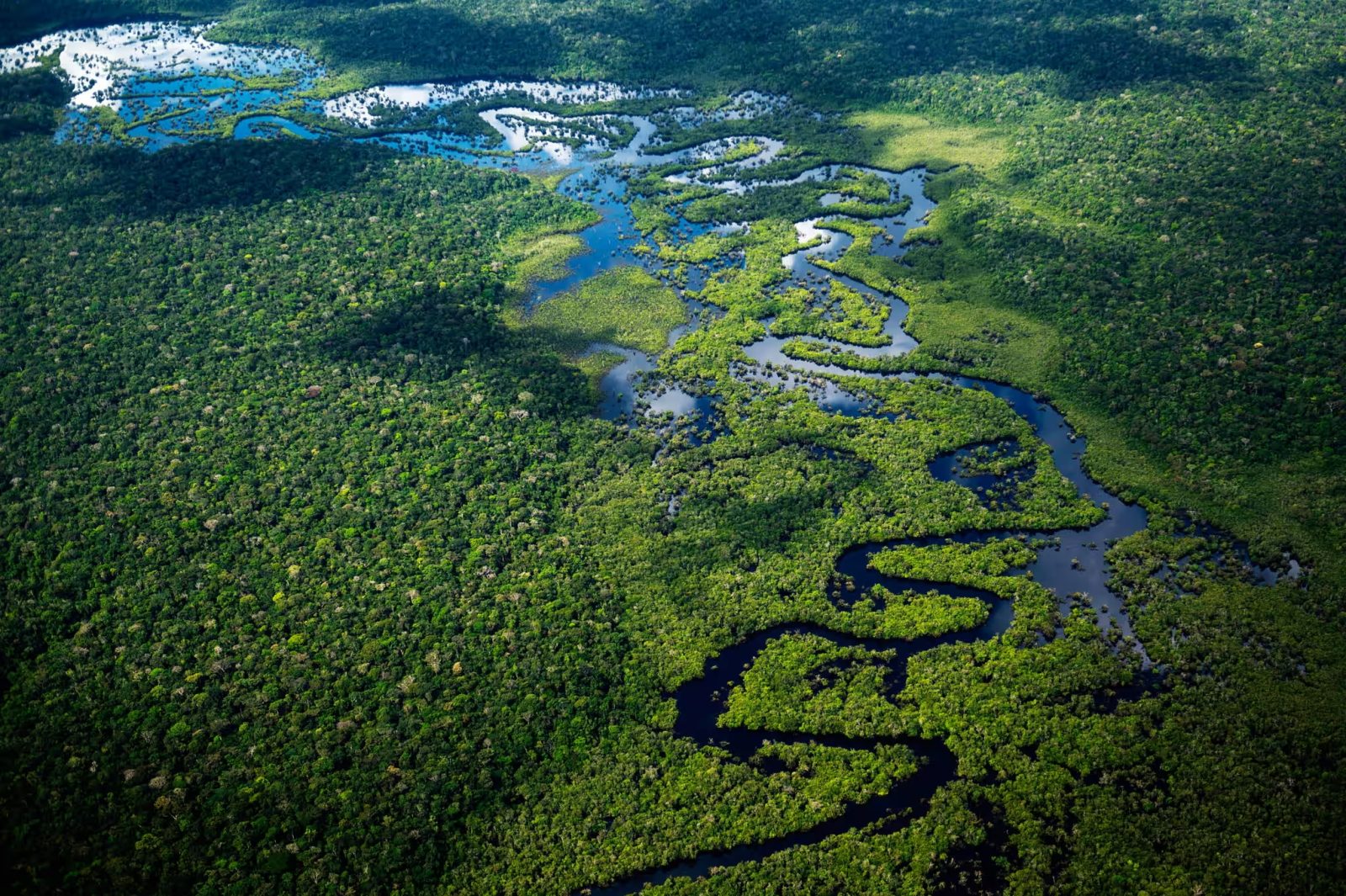
Brazil is the largest country in South America and in fact is so large that it accounts for 48% of the continents area, it is the 5th largest country in the world, with the USA being just a little bigger. There is a range of areas in Brazil that are good for wildlife, not least the Amazon rainforest which still accounts for more than 3 million square km (roughly 1.27 million square miles).
Ecosystems found in this countries include
– The Amazon is the largest and is 3 times the size of the next biggest which is the Congo rainforest of Africa – The Cerrado is a vast tropical savannah in central Brazil which covers around 2 million square km. The area hosts over 800 species of bird, over 160 species of mammal, 150 amphibian species and 120 reptiles. – The Pantanal is a vast wetland, indeed the largest tropical wetland in the world. Because of its open nature, it is often far easier to see wildlife than in the Amazon. Species found there include giant Anteaters, Marsh Deer, Hyacinth Macaws and jaguars. However, 656 bird species have been recorded, along with 3500 plant species, 325 fish species, 159 mammals, 53 amphibian and 98 reptiles – The Atlantic rainforest is far smaller than the Amazon and only about 200,000 square km remain. A wide range of wildlife remains, though the Atlantic forest is greatly reduced from its historic size, and fragmentation is a serious threat to the remaining wildlife. This includes jaguars, golden lion tamarins, woolly spider monkeys, maned three-toed sloths and red-tailed parrots.
The oceans off the coast of Brazil are some incredibly biodiverse. It is not an area which has to date received much tourism, but that does not mean that these areas should be ignored. One of the reasons that this area is so exciting, is that it is recognized as one of the best places to see sharks. We await partners for the time being – do get in touch if you operate in this area.
We will add further ecosystems over time. We have already built pages for various places of wildlife interest in Brazil, but are awaiting partners, click here to browse them. They will all move to this page, as partners (big or small) join us. Whether you are a guide, work in hospitality or some other assistance for wild travel, we are interested in working with you.
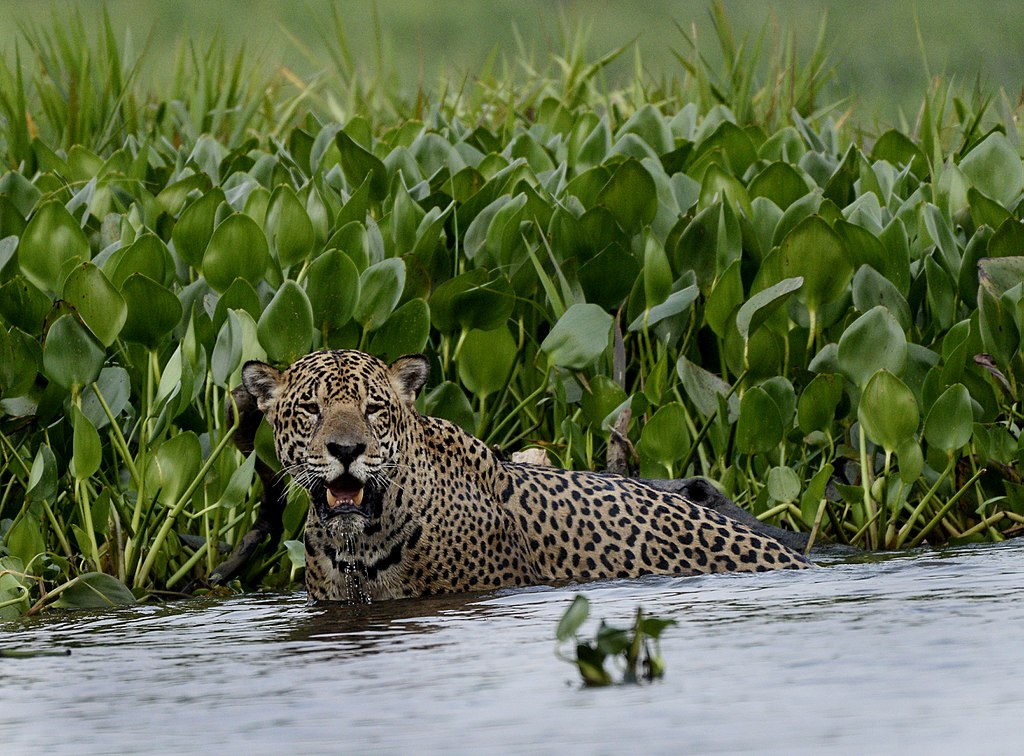
Brazil wildlife sightings boards. As the ecosystems get their own pages, these sightings boards are likely to move onto separate pages.
Brazil clickable regions - Clickable regions are coloured
- © OpenStreetMap contributors.
Links to areas to visit will appear below. Please note, while it is possible to add sightings to this map above, it will be easier to see them within each region page. This is because the whole country is is a specific regional ecosystem. Over time every area will become clickable, so that you can access the ecosystem and record sightings.
Help us build up a map of where wildlife has been seen. Add any sightings of mammals that you encounter. As this map starts to be used, we will greatly reduce how long sightings remain free for anyone to see, so that hunters and poachers cannot use this as a resource. The idea is that over time we can build up an idea of exactly where we should look for them.
Corvid 19 could decimate indigenous groups living un-contacted in Brazilian reserves- as Invaders get nearer
- Tim
- March 27, 2020
The attack on the Brazilian rainforest by Bolsonaro continues – On to indigenous lands
- Tim
- March 11, 2020
Mc Donald’s doesn’t import beef from the Amazon, but much of the British beef is fed on soy- grown on deforested land in Brazil
- Tim
- December 21, 2019
Have you seen the YouTube adverts put out by the Brazilian government? – Brazil by Brasil
- Tim
- December 18, 2019
“Brazil is back” says Lula at COP27
- Tim
- November 17, 2022
Brazil has enough unutilized cattle pastureland, to allow soy cultivation to increase by a third without any further deforestation
- Tim
- November 5, 2022
Soy cultivation can expand in Brazil, by one third without cutting down another tree – by taking over unused grazing land
- Tim
- November 5, 2022
Finale of the Brazilian election! Who will will, will the earth get a reprieve?
- Tim
- October 31, 2022
So, the Brazilian people first vote was not clear enough to avoid a run-off – will the Amazon rainforest get a reprieve?
- Tim
- October 3, 2022
Sainsbury has stopped selling all or some beef from Brazil along with 5 others
- Tim
- December 18, 2021
Brazil knows what its doing is wrong, so it is trying to silence those pointing it out
- Tim
- October 31, 2021
JBS a beef giant in Brazil has promised to go deforestation free – in 14 years; response?
- Tim
- October 31, 2021
Unsurprisingly, Brazil leads the Amazon in deforestation this year
- Tim
- October 19, 2021
A third dam in last 5 years is about to rupture in Brazil
- Tim
- June 16, 2021
Jair Bolsonaro is having a similar impact on environmental laws in Brazil to the impact of Donald Trump in the USA – will the effect be longer lasting?
- Tim
- March 9, 2021
As as deadly fires plague brazils Pantanal Wetlands, there are fears that those who escape will fall ill with covid
- Tim
- October 21, 2020
Brazilian frog thought dead for 50 years shown to be alive
- Tim
- October 17, 2020
Why do I follow politics in Brazil and the USA (apart from the UK where I’m based)
- Tim
- October 13, 2020
The Brazilian Amazon rainforest is burning worse than it almost ever has, time to defund forest fire fighting
- Tim
- October 9, 2020
There are 20000 gold miners within theYanomami Park in Brazil but they only have to get out because of coronavirus
- Tim
- July 12, 2020
Corvid 19 could decimate indigenous groups living un-contacted in Brazilian reserves- as Invaders get nearer
- Tim
- March 27, 2020
The attack on the Brazilian rainforest by Bolsonaro continues – On to indigenous lands
- Tim
- March 11, 2020
Mc Donald’s doesn’t import beef from the Amazon, but much of the British beef is fed on soy- grown on deforested land in Brazil
- Tim
- December 21, 2019
Have you seen the YouTube adverts put out by the Brazilian government? – Brazil by Brasil
- Tim
- December 18, 2019
“Brazil is back” says Lula at COP27
- Tim
- November 17, 2022
Brazil has enough unutilized cattle pastureland, to allow soy cultivation to increase by a third without any further deforestation
- Tim
- November 5, 2022
Soy cultivation can expand in Brazil, by one third without cutting down another tree – by taking over unused grazing land
- Tim
- November 5, 2022
Finale of the Brazilian election! Who will will, will the earth get a reprieve?
- Tim
- October 31, 2022
